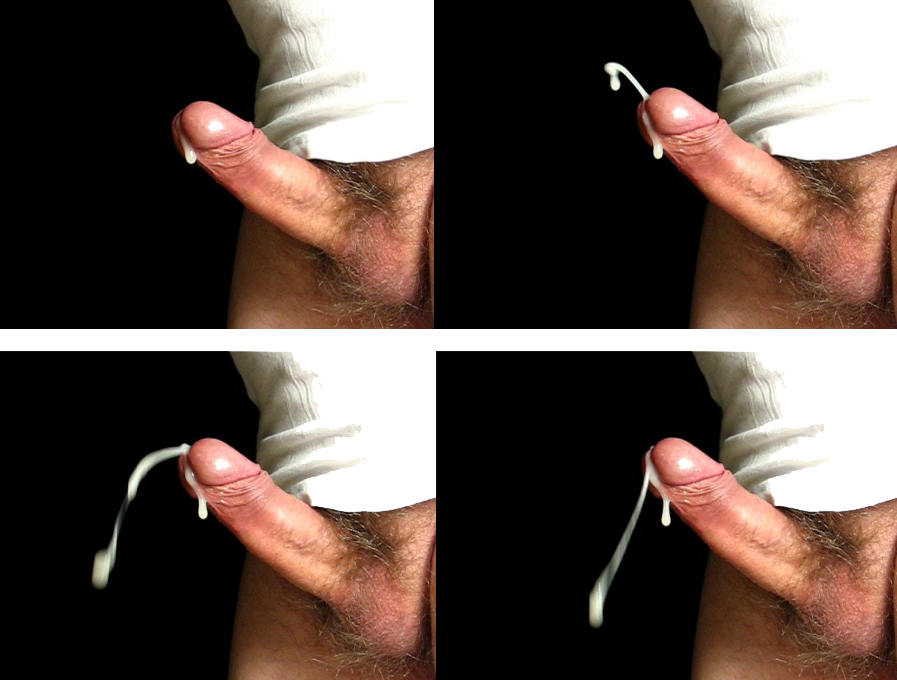|
Sperm-mediated Gene Transfer
{{Short description, Molecular biology technique Sperm-mediated gene transfer (SMGT) is a transgenic technique that transfers genes based on the ability of sperm cells to spontaneously bind to and internalize exogenous DNA and transport it into an oocyte during fertilization to produce genetically modified animals.1 Exogenous DNA refers to DNA that originates outside of the organism. Transgenic animals have been obtained using SMGT, but the efficiency of this technique is low. Low efficiency is mainly due to low uptake of exogenous DNA by the spermatozoa, reducing the chances of fertilizing the oocytes with transfected spermatozoa.2 In order to successfully produce transgenic animals by SMGT, the spermatozoa must attach the exogenous DNA into the head and these transfected spermatozoa must maintain their functionality to fertilize the oocyte.2 Genetically modified animals produced by SMGT are useful for research in biomedical, agricultural, and veterinary fields of study. SMGT could ... [...More Info...] [...Related Items...] OR: [Wikipedia] [Google] [Baidu] |
Genes
In biology, the word gene (from , ; "... Wilhelm Johannsen coined the word gene to describe the Mendelian units of heredity..." meaning ''generation'' or ''birth'' or ''gender'') can have several different meanings. The Mendelian gene is a basic unit of heredity and the molecular gene is a sequence of nucleotides in DNA that is transcribed to produce a functional RNA. There are two types of molecular genes: protein-coding genes and noncoding genes. During gene expression, the DNA is first copied into RNA. The RNA can be directly functional or be the intermediate template for a protein that performs a function. The transmission of genes to an organism's offspring is the basis of the inheritance of phenotypic traits. These genes make up different DNA sequences called genotypes. Genotypes along with environmental and developmental factors determine what the phenotypes will be. Most biological traits are under the influence of polygenes (many different genes) as well as g ... [...More Info...] [...Related Items...] OR: [Wikipedia] [Google] [Baidu] |
Sperm Cells
A spermatozoon (; also spelled spermatozoön; ; ) is a motile sperm cell, or moving form of the haploid cell that is the male gamete. A spermatozoon joins an ovum to form a zygote. (A zygote is a single cell, with a complete set of chromosomes, that normally develops into an embryo.) Sperm cells contribute approximately half of the nuclear genetic information to the diploid offspring (excluding, in most cases, mitochondrial DNA). In mammals, the sex of the offspring is determined by the sperm cell: a spermatozoon bearing an X chromosome will lead to a female (XX) offspring, while one bearing a Y chromosome will lead to a male (XY) offspring. Sperm cells were first observed in Antonie van Leeuwenhoek's laboratory in 1677. Mammalian spermatozoon structure, function, and size Humans The human sperm cell is the reproductive cell in males and will only survive in warm environments; once it leaves the male body the sperm's survival likelihood is reduced and it may die, there ... [...More Info...] [...Related Items...] OR: [Wikipedia] [Google] [Baidu] |
Genetically Modified Animal
Genetically modified animals are animals that have been genetically modified for a variety of purposes including producing drugs, enhancing yields, increasing resistance to disease, etc. The vast majority of genetically modified animals are at the research stage while the number close to entering the market remains small. Production The process of genetically engineering mammals is a slow, tedious, and expensive process.Murray, Joo (20)Genetically modified animals Canada: Brainwaving As with other genetically modified organisms (GMOs), first genetic engineers must isolate the gene they wish to insert into the host organism. This can be taken from a cell containing the gene or artificially synthesised. If the chosen gene or the donor organism's genome has been well studied it may already be accessible from a genetic library. The gene is then combined with other genetic elements, including a promoter and terminator region and usually a selectable marker. A number of techniques ... [...More Info...] [...Related Items...] OR: [Wikipedia] [Google] [Baidu] |
Spermatozoa
A spermatozoon (; also spelled spermatozoön; ; ) is a motile sperm cell (biology), cell, or moving form of the ploidy, haploid cell (biology), cell that is the male gamete. A spermatozoon Fertilization, joins an ovum to form a zygote. (A zygote is a single cell, with a complete set of chromosomes, that normally develops into an embryo.) Sperm cells contribute approximately half of the nuclear gene, genetic information to the diploid offspring (excluding, in most cases, mitochondrial DNA). In mammals, the sex of the offspring is determined by the sperm cell: a spermatozoon bearing an X chromosome will lead to a female (XX) offspring, while one bearing a Y chromosome will lead to a male (XY) offspring. Sperm cells were first observed in Antonie van Leeuwenhoek's laboratory in 1677. Mammalian spermatozoon structure, function, and size Humans The human sperm cell is the Gamete, reproductive cell in males and will only survive in warm environments; once it leaves the male body th ... [...More Info...] [...Related Items...] OR: [Wikipedia] [Google] [Baidu] |
Ejaculation
Ejaculation is the discharge of semen (the ''ejaculate''; normally containing sperm) from the male reproductory tract as a result of an orgasm. It is the final stage and natural objective of male sexual stimulation, and an essential component of natural conception. In rare cases, ejaculation occurs because of prostatic disease. Ejaculation may also occur spontaneously during sleep (a nocturnal emission or "wet dream"). '' Anejaculation'' is the condition of being unable to ejaculate. Ejaculation is usually very pleasurable for men; '' dysejaculation'' is an ejaculation that is painful or uncomfortable. Retrograde ejaculation is the condition where semen travels backwards into the bladder rather than out the urethra. Phases Stimulation A usual precursor to ejaculation is the sexual arousal of the male, leading to the erection of the penis, though not every arousal nor erection leads to ejaculation. Penile sexual stimulation during masturbation or vaginal, anal ... [...More Info...] [...Related Items...] OR: [Wikipedia] [Google] [Baidu] |


